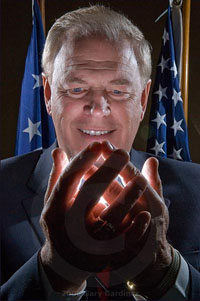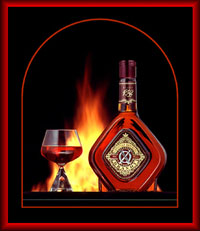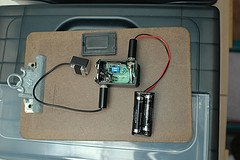On Assignment: Lighting a Large Interior
A good case in point was yesterday. I was assigned to do a biz profile on a place called Earth Treks, which is climbing gym in Columbia, MD. It's a cool environment in which to shoot, but it is huge. The walls are over four stories high.
To complicate matters, it was one of those assignments that was due "immediately."
Don't get me started on that last one. (What, the building wasn't there the day before?) This is the kind of stuff that is counterproductive to the overall quality level of the paper.
My first defense against this kind of artificial scheduling constraint is to arrive early. The assignment was for 12:15pm, which is more specific-sounding than 12:00pm, and led me to believe they might be tight on time just like me.
So I get there at about 12:05pm and scope the place, throw a couple flashes onto stands, find out who I am going to be shooting, etc. I also grabbed some quick, available light photos as the climbers were suiting up with safety gear for use as a jump shot, if needed. This photo would also make a good secondary photo out front.
(As always, click on the pic for a bigger view.)
My first step was to stick a couple of SB-26's into the back of the room. I hid one on a stand behind each of the two back/side outcroppings (at ground level, pointing up.) They are both on manual, triggered by Pocket Wizards, set on 1/2 power and zoomed to a 35mm beam spread.
The sodium vapes lighting the room were reasonably close to fluorescent, so I greened the flashes and set the camera's light balance to fluorescent.
More importantly, it also gives me total control of the contrast range of the room.
The above photo is shot at a 250th of a sec, (all are at f/2.8) and gives a strong contrast to the lit and unlit portions of the scene.
Let me back up a little: I always start at max synch speed, as it gives me a better idea of what the added light is doing.
If the ambient part of the room was still too bright at my max sync speed, I would have upped the flashes to full power to let me close the aperture and darken the unlit portions of the room a bit. As it happened, half power on the flashes was plenty. (For reference, the room's ambient exposure would have been about 1/30th at f/2.8 at ASA 500.)
In the end, I went with higher contrast, using the faster shutter speed.
The climber was using a
The final photo, seen at the top of this post, was shot about 30 minutes after arriving. (Click here to see it at 1024 resolution.)
This photo is not necessarily a show-stopper. But as a quickly lit shot working on a tight time constraint, it works fine for me. Assuming you are reasonably fast at the lighting stuff (practice, practice) the time spent setting up and tearing down lights is almost always returned by lessened toning time at the computer later.
And the results are much better than you can get trying to save a bad image in Photoshop.
Tearing down is always faster than setting up, and I was out of there in about 30 minutes total. An hour later (over a mouth-watering birthday lunch at Chipotle) the photos were transmitted to the paper.
Could I have gone faster on the back end? Sure. Five minutes door to door, if need be.
But I am not going to pull out all of the stops - or worse, compromise quality - to save a poorly planned "rush" biz profile assignment that should not have been a rush assignment. There's such a thing as enabling.
Lord knows, we have to do enough (legitimate) ultra-fast turns as it is. That's part of the job. But as the saying goes, a lack of planning on your part does not constitute an emergency on my part.
Besides, that delicious burrito carnitas was calling my name with more urgency than page design was.
Next: Found Backdrops, Pt. 1
__________
New to Strobist? Start here | Or jump right to Lighting 101
My new book: The Traveling Photograher's Manifesto
Permalink














